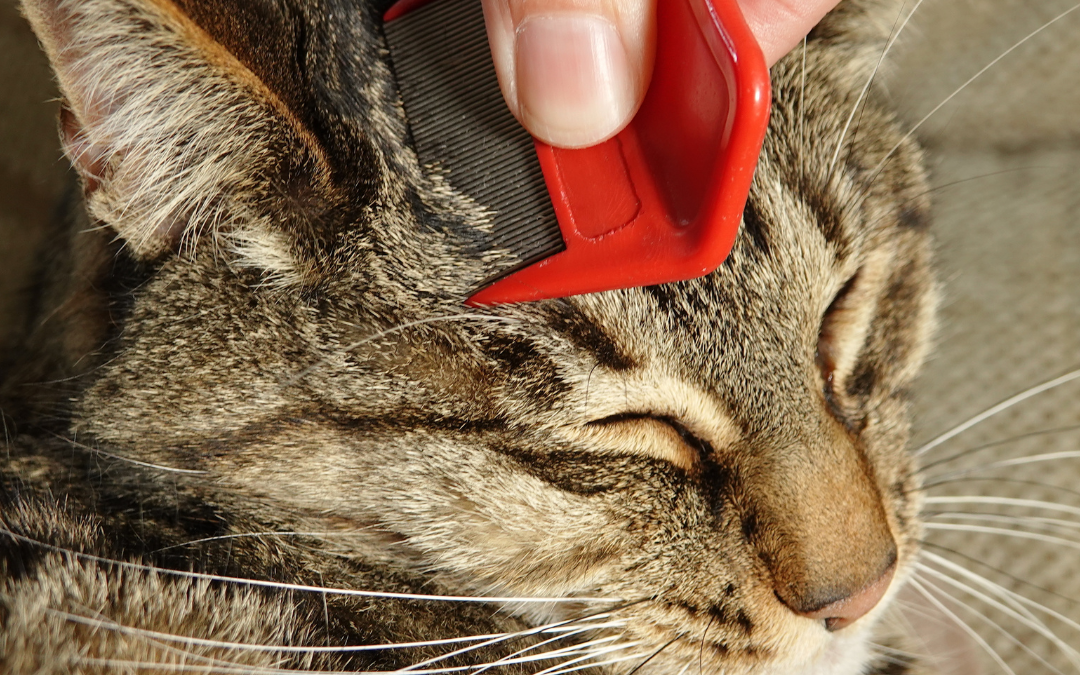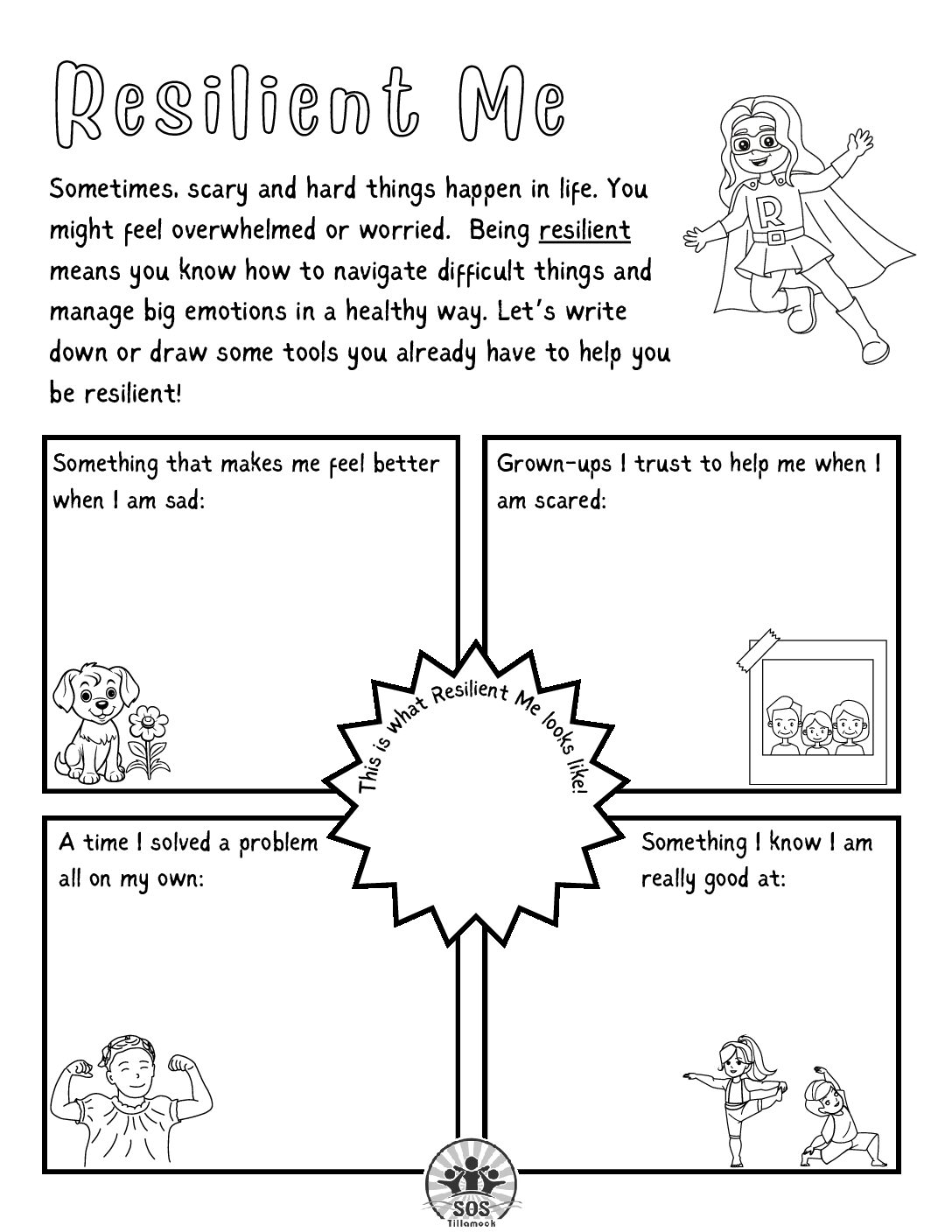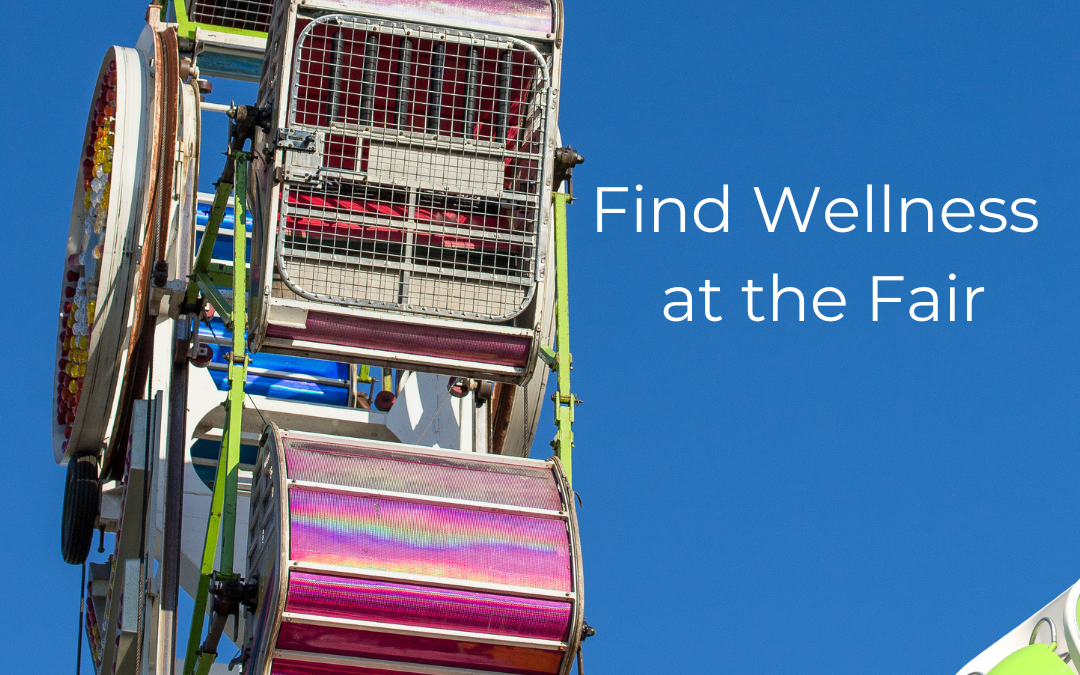
by Renee Aufdermauer | Dec 5, 2024 | Featured, Uncategorized
Our pets bring joy, companionship, and a sense of well-being to our lives, playing a key role in our overall wellness. Whether it’s a wagging tail greeting us at the door or the soothing purr of a cat, pets help reduce stress and enhance our happiness. However, when fleas invade their space—and ours—it can quickly become a source of stress and frustration. Fleas not only irritate our pets, causing itching and discomfort, but they can also become a nuisance for the entire household. Taking proactive steps to manage fleas helps ensure that the wellness our pets provide is not overshadowed by the challenges these tiny pests bring.
While fleas can be a challenge, there are effective, budget-friendly, and non-toxic ways to tackle the problem. Fleas not only discomfort pets but can also impact human health and the home environment. Thankfully, with consistent effort and the right approach, you can control fleas without resorting to expensive or harmful treatments, keeping your pets and your home a haven of wellness.
Understanding Fleas and Their Lifecycle
Fleas are small but tenacious insects that thrive in warm, humid environments. They go through a complex life cycle with several stages, including eggs, larvae, pupae, and adults. Each stage can resist typical insecticides, which is why it’s important to address fleas at all stages of their life cycle to fully eliminate them. According to the CDC’s guidelines on flea control, a comprehensive four-step process is the most effective way to manage a flea infestation.
The Process to Manage Fleas in Your Home
Sanitation:
Thorough cleaning is the first and most important step in controlling fleas. Fleas and their eggs can hide in pet bedding, rugs, carpets, and even along the edges of walls. To break the flea life cycle, wash all bedding, rugs, and pet bedding in hot water, then vacuum thoroughly, including floors, carpets, and areas along walls. Sweep hard floors and vacuum often to pick up any stray fleas or eggs. This helps to reduce the flea population in your home without relying on toxic chemicals.
Pet Treatment:
It’s essential that every pet in the household is treated. Start by bathing your pets with soap and water to gently kill adult fleas. After the bath, use a flea comb to remove any remaining fleas, paying close attention to the face, neck, and area in front of the tail. Be sure to consult with your veterinarian to choose the best non-toxic flea treatment for your pets. There are many natural flea treatments available that don’t contain harsh chemicals, and your vet can guide you on the safest options.
Home Treatment:
Home treatment should begin at the same time as pet treatment to ensure that the flea life cycle is disrupted. While commercial pest control applicators can provide professional help, there are also natural home treatments available, like diatomaceous earth (food grade), which can be sprinkled around areas where fleas tend to hide.
Follow-Up:
Fleas are tough and resistant to insecticides at various stages of their life cycle. To fully eliminate fleas, you’ll need to follow up with additional treatments. The CDC recommends that you apply two or more follow-up treatments within 5-10 days after the initial treatment. Continue regular vacuuming and cleaning during this period to pick up any remaining eggs and juvenile fleas that might have been missed in earlier treatments.
Fleas are a common challenge for pet owners, but with the right approach, you can manage them without relying on expensive or toxic products. By following the CDC’s four-step process and integrating natural flea control methods, you can protect both your pets and your family from these pesky insects. Regular cleaning, pet treatments, home interventions, and follow-up care are essential to breaking the flea life cycle and keeping your home flea-free.
For more information visit: https://www.cdc.gov/fleas/section-name/index.html
For more local health and wellness information, visit www.tillamookcountywellness.org or follow Tillamook County Wellness on Facebook and Instagram.

by Guest | Nov 21, 2024 | Featured, Uncategorized, Why I'm In
Written by: Sarah Ermer, MPH, CHES; Prevention Specialist at Tillamook Family Counseling Center
What drew you/your organization to partner with Tillamook County Wellness?
I’m a recent transplant to Tillamook; I moved here at the end of January for my position at TFCC. When I was preparing to move, I was doing some searching online to learn more about health initiatives in the county. I distinctly remember sitting at my parents’ dining room table looking at the Tillamook County Wellness website on my laptop and thinking, “Wow, Tillamook County has a great system for health promotion!” After officially moving and starting at TFCC, I knew I needed to prioritize getting to know as many different people and organizations as I could in order to do my job well. One of the first people I talked to was Michelle Jenck, who is the coordinator for Tillamook County Wellness. My background and current position are well-aligned with Tillamook County Wellness, so she connected me with the Health Promotions committee. The rest is history!
What, if any, changes have you seen come about as a result of this work?
I haven’t been here long enough to say first-hand what larger changes have come about as a result of Tillamook County Wellness, so I’ll share about a moment that stands out to me. One of the first community events I went to was Healthy Kids Day at the YMCA, where the Tillamook County Wellness Access to Physical Activity committee held the Bike Rodeo. I was amazed by the number of bikes and helmets that were available to go home with families! After watching a long line of kids practice bike safety around the parking lot, I have no doubt that even that event alone created positive change.
What have you learned from being involved in this work?
One of my favorite parts of being involved in Tillamook County Wellness, and of Tillamook as a whole, is seeing how the community really does come together to make things happen. I’ve learned a lot about all the systems at play in the area, and the fact that Tillamook County Wellness brings so many of them together is an amazing model for any community that wants to build stronger coalitions. I’ve learned what it really looks like to work as a community!
What are your hopes for this work as it relates to you/your organization?
My work is focused on substance misuse/addiction prevention, and doing that work effectively means looking beyond substance use alone. If we want to prevent young people from drinking or using drugs, we have to be willing to go beyond telling them what NOT to do. It means creating an entire community that supports people who are struggling with their mental health, who need a place to go, or who need positive, healthy activities to help build their confidence. I’ve seen how effective Tillamook County Wellness is in mobilizing people to support health initiatives; I hope that we can continue to mobilize in building support for both physical and mental health access.
What are your hopes for this work as it relates to changing community health in Tillamook County.
Much like my hope as it relates to me/my organization, my hope for our community health is that our collective idea of health and wellness continues to expand. In so many communities, support for different areas of health is siloed. Mental health, physical activity, nutrition, healthcare, social connectedness, financial wellbeing… they all play into our quality of life. I hope that Tillamook County Wellness can continue to be a part of the bridge that connects all these areas of health.
Is there anything else you’d like to share?
Tillamook County has been such a wonderful place to live and work. Thank you to everyone who has been so welcoming! I’m excited to continue to be a part of this community 🙂
For more local health and wellness information, visit www.tillamookcountywellness.org or follow Tillamook County Wellness on Facebook and Instagram.

by Guest | Oct 28, 2024 | Being Well, Featured, Uncategorized
…to taking action for breast cancer prevention and healing.
October is breast cancer awareness month. It’s also my birthday month, and I’m happy to say, I’ve come a long way in my healing as I now feel honored to share my birthday month with this awareness as many of us would like to not have to touch it with a 10 foot pole. You see, I’ve learned much about breast cancer from lived experience, both my own diagnosis and one of my sisters. My sister’s story ended with her dying from metastatic breast cancer only 2 years from her original diagnosis. I’m currently 2.5 years out and doing great as I plan to continue to do.
Neither of us were paying enough attention to our risk factors and we had several. There were many factors involved including earlier cancers and radiation treatments, environmental toxin exposures (we all live in a chemical soup world, reducing our exposures and supporting our body’s pathways of elimination are key) emotional and physical overwhelm/high stress, over-nurturing others and under-nurturing the self. Sound familiar anyone? 1 in 8 are the current statistical numbers of breast cancer occurrence among women. Also, did you know? 1 in 100 men are affected. Each story is unique and there are certain things that put each of us in different risk categories.
Knowing our risk factors, how many we have and what we can do to lower our risk factors with lifestyle modification are all within our control. I knew I was in a higher risk category from having had radiation therapy in my early 20’s. I knew I functioned at a high stress level, saw signs of estrogen dominance, was persistently overweight for many years, chronically inflamed and worked nights often as a birth doula plus a few other factors. Yet I just hoped eating organically and not exposing myself to more radiation would keep me healthy. It wasn’t enough. Receiving the diagnosis of invasive ductal carcinoma right after my sister’s passing was a doozy of a hit too, but through my lifestyle adaptions it has ultimately brought me back to my earlier life goal of longevity (living to 100 or beyond!) and living that life in vibrant wellness. Good health has always been a passion of mine, but it’s funny how we can let stress and certain situations lead us to believe we should accept less for ourselves. Ultimately cancer has taught me how to live well again. Thank goodness! However, it was not easy to go through to get myself back on track. I don’t actually recommend it 😉 It is therefore, my pleasure and task to share with others what they can do to ideally avoid diagnosis by steering away from known risk factors and incorporating lifestyle habits that decrease risk factors. I love sharing preventive habits and skills in general for us all (including prevention of other diseases too I’d like to add).
Know your risk factors. How many of these align with you?
Risk factors from CDC
- Being a woman
- Age: most diagnosed after 50
- Having BRCA1&2 genes (genetics can be dimmed or brightened with lifestyle)
- Reproductive history – beginning menstruation before age 12 and menopause after 50 – also – First baby after 30, no breast feeding, no full term pregnancy
- Having dense breast tissue/connective tissue (hard to read in mammograms and needs better lymph movement and movement in general) Ultrasound and thermography** are better at reading dense breast tissue **note that thermography isn’t currently utilized by conventional medicine.
- Having a personal history of breast cancer
- Other breast diseases such as atypical ductal hyperplasia, lobular carcinoma in situ
- Family history of breast or ovarian cancer (with or without BRCA gene) first degree relative; mom, sister, daughter – mother or father side
- Previous treatment with radiation (such as Hodgkins lymphoma also a sign the lymph system needs support)
- Exposure to DES drug – diethylstilbestrol – 1940-1971 – miscarriage prevention (mom and baby at higher risk)
- Not physically active
- Overweight or obesity after menopause
- HRT – hormone replacement therapy and slight increased risk seen from birth control pills.
- Drinking alcohol – risk increases with the more a woman drinks
- Smoking
- Night shift work
I would also add: environmental and food chemical additives that can overload our lymph and endocrine system as well as harm our gut microbiome.
Now to the empowering stuff!
What we can do: Taking action is key!
Eat more whole food plants! Eat more colors, eat seasonally, locally and clean/organic whenever possible. Check out the EWG’s list of clean 15 and dirty dozen to know what produce is ok to buy conventional/clean15 and which are ideal to buy organic/dirty dozen) Visit a local farm and enjoy their produce. They need our business through the cooler seasons too. Add one more vegetable to every meal and one new color a week. Ask about the farm’s growing habits. Find farms that don’t use chemicals. Many practice organic methods but don’t carry the certification yet and they’re happy to answer your inquiries.
Exercise! Move your body in ways that make you happy and feel good. Get moving every day. And this doesn’t mean stressed out running around, no, that’s counter productive. This means, enjoy a walk, hike or bike ride. Prioritize the time to commit to regular movement. You are so worth it! Walk one day, take a movement class another day such as Yoga or Joy Lymph Flow (a class I lead in Rockaway Beach and Nehalem) Tai Chi, Qigong or whatever you fancy, but it should bring ease to your body and time for repose. Turn on the music and dance! A fabulous way to heal many layers and promotes connection and health within the family if you live with others.
Quit smoking and don’t drink alcohol or limit your intake. Mocktails made with herbs are power packed with more phytonutrients that help us stay well and are an actual treat vs. a known risk factor.
Switch to natural household and personal care products. Don’t use anything with “fragrance” listed as an ingredient or chemical names you can’t pronounce or artificial colors. There are so many products out there, it can be overwhelming. Environmental Working Group also has a Skin Deep database listing products that are free from chemicals. It’s not one product that becomes the problem, it’s the many products together, it becomes a toxic load the body can’t handle. Switching to natural cleaners and personal care items actually uplifts our health instead.
Discuss your risk factors with your ND or MD and meet with a health coach like myself for support in making changes to your lifestyle at a pace that works for you to live a life that’s shown to be more preventive in lowering your risk factors and ideally avoiding this disease. I also teach breast massage for self-care and home screening. 3 This article is dedicated to those we’ve loved and let go of too early due to this disease and to those facing it now and in the future. May we all be free, live in flow, know ease and enjoy self care first so we may indeed be well and remain here for others.
Written by Elizabeth Golden Seaver, Health and Wellness Coach, Nehalem, OR and Tillamook County Wellness Coalition Member.
You can reach out to her at: goldenkeywellness.abmp.com, wingforwisdom@gmail.com
Other wellness questions? Email us at info@tillamookcountywellness.org. For more local health and wellness information, visit www.tillamookcountywellness.org or follow Tillamook County Wellness on Facebook and Instagram.

by Guest | Oct 11, 2024 | Being Well, Featured, Uncategorized, Work Well
Let’s face it: Whether you’re a single parent, have a supportive co-parent, or are part of a large, supportive family system, parenting well is hard. Kids, no matter how much we love them, don’t come with instruction manuals and often push us to our limits.
We want to bring our best selves to this parenting endeavor; we know how we treat and invest in our children will have lifelong repercussions . . . but sometimes we need a little support.
Engaging your child resourcefully, creatively, and educationally, boosting and encouraging playful curiosity, and celebrating developmental milestones—that’s what our family educators do every day. We believe that parents are their kids’ first and best teachers and we want to equip parents to engage their kiddos with creative, fun learning activities all year long.
Did you know that year-round support from Healthy Families and Early Head Start is available to families in every part of Tillamook County? Here’s what you need to know about our three Child & Family Programs, all housed under Community Action Team:
Healthy Families:
– Register your child within 90 days of birth
– Known for their diaper program
– Regular home visits, frequency of visits based on need
– Healthy Families – Community Action Team (cat-team.org)
Early Head Start:
– Registration accepted year-round, ages 0-3
– Weekly home visits
– Biweekly socializations/play dates
– Educational and literacy focus
– Seamless transition to Head Start (preschool, ages 3-5)
– www.nworheadstart.org
Head Start:
– preschool (drop off/pick up)
– only available to families living in Tillamook proper at this time
– 2 locations: 1100 Miller Ave, Tillamook, OR and 3808 12th Street, Tillamook, OR
– www.nworheadstart.org
We are a resource for you and want to make your parenting journey a little less
overwhelming, so you can offer your kiddo your very best self!
To reach out and ask questions, please contact:
Christina Pfister
Family Advocate for Early Head Start
971-813-9450
cpfister@nworheadstart.org
Written by Christina Pfister, Family Advocate for Early Head Start
Other wellness questions? Email us at info@tillamookcountywellness.org. For more local health and wellness information, visit www.tillamookcountywellness.org or follow Tillamook County Wellness on Facebook and Instagram.

by Guest | Oct 3, 2024 | Being Well, Featured, Uncategorized
Over the last few weeks, I have been reading a great book about addiction*. Preventing addiction is, after all, the core of my work as a Prevention Specialist. One line in particular stuck with me:
“The prevention of substance abuse needs to begin in the crib—and even before then, in the social recognition that nothing is more important for the future of our culture than the way children develop.”
Whether we are talking about addiction, mental health, or any number of other health outcomes, a child’s early development lays the groundwork for their future wellbeing. The notion that a child’s lifelong development is swayed by their earliest years can add a sense of urgency to days that are already strained in time and attention. The good news is that the conversations and daily interactions that parents have with their children are incredibly powerful in building resiliency, and that there are resources right here in Tillamook County to help parents explore what that means. But more on that at the end.
One side of the adolescent-substance-use-prevention coin is directly teaching kids about how alcohol and other drugs are harmful to their health. The Substance Abuse and Mental Health Services Administration’s (SAMHSA) “Talk. They Hear You.” campaign offers information for parents and caregivers on how and when to have conversations about alcohol and other drugs. Though it can feel like children don’t listen, the reality is that parents are among the strongest influences in their child’s decisions around substance use—they do hear you. Consider SAMHSA’s tips on age-appropriate conversations about substances:
- Under age 8: Explain the importance of good health and taking care of their bodies. If they take any vitamins or medications, explain that vitamins are to help them grow and medications are to help them be healthy. However, they should only take vitamins or medications that are given to them by a parent or caregiver, and taking someone else’s medicine could hurt them.
- Ages 8-12: Start asking open-ended questions, like what they have heard about alcohol or drugs. Let them know you are ready to talk if they ever have questions. Use “teachable moments”, like seeing alcohol or substances in movies, ads, or in stores, to explain that these substances are harmful to their bodies and health.
- Ages 13-16: Remember that many teens have peers or friends who may drink or use substances, so be ready to have direct conversations about what they have seen or experienced. Remind them that their brains are still developing until their mid-20s, and that avoiding substances is important to their health and growth. Clearly outline your family rules and expectations about underage substance use.
- Ages 17-20: Maintain clear rules that your child is never to use substances while they are underage or get into a car with a driver who has been drinking or using other drugs. Have conversations about adult responsibilities and decisions, and how they can continue to navigate substances and their health as they become an adult.
The other side of the adolescent-substance-use-prevention coin is, simply put, helping children build resiliency. The ability to manage stress and overcome challenges will serve children for their entire lives. This is certainly easier said than done. Many adults, myself included, struggle to consistently practice heathy ways of coping with stress. Fortunately, parents and caregivers in the Tillamook/Clatsop/Columbia region can take an Active Parenting class for free. This Active Parenting series will teach over 3 sessions: communication, problem-solving, discipline, family enrichment, and encouragement. Active Parenting provides an opportunity for parents to connect, while learning how to make the most out of those daily interactions and conversations with their children, how to pass on resilience, and how to focus on intentional, positive interactions and relationships with our children.
If you want to take advantage of the resources that are available to parents and caregivers, here is how you can find out more:
- “Talk. They Hear You.” webpage: samhsa.gov/talk-they-hear-you/parent-resources
- Active Parenting: The next Active Parenting series will be held on November 7, 14, and 21 from 6:00-7:45pm, via Zoom. To sign up, email MelissaCS@tfcc.org.**
- Parent and Caregiver Resource Workshop: An opportunity to connect with others to learn about and share information on resources available for parents, caregivers & children and why they matter. This workshop will be held on Tuesday, October 8 from 6:00-7:30pm, via Zoom. To sign up, email MelissaCS@tfcc.org.**
- “Resilient Me” is a coloring page for kids to help them identify the tools that they already have to help them be resilient. Download, print, and work through it together!
Be well, and happy fall!
* In the Realm of Hungry Ghosts– for any who are curious. Though first published 17 years ago, the content and propositions have largely stood the test of time.
**Mis is one of the amazing facilitators for Active Parenting, and is an invaluable resource for parenting education here in Tillamook County. Attending her sessions fills the soul!
Written by: Sarah Ermer, MPH, CHES; Prevention Specialist at Tillamook Family Counseling Center

by Michelle | Aug 10, 2024 | Being Well, Featured, Move Well, Uncategorized
August is a busy month! There are several free wellness activities coming up, some of which you can learn more about at the Tillamook County Fair.
“Treasure Your Wellness” Treasure Map: This interactive map can be found at the Tillamook Library bookmobile located near the Master Gardener’s garden by the east entrance of the fairgrounds. This fun, free, and family-friendly adventure runs From August 5th to September 30th . Explore wellness destinations like Activity Island, Be Well-Nourished Bay, Community Cove and the Isle of Inner Peace. Each location includes activity challenges —volunteer, cook a healthy meal, visit a rec center, start a savings account and more. Complete at least one activity on each island and you could win incredible wellness-themed prizes, like cornhole, pickleball, and disc golf sets or the grand prize of an ATX bike valued over $500! In addition to being available at the fair, maps can be found at local library branches, Kiawanda Community Center, Tillamook YMCA, North County Recreation District and Food Roots or on- line at This Way to Well-Being | Tillamook County Wellness.
Health Literacy Campaign: Materials from our recent health literacy campaign can also be found at the Tillamook Library booth at the fair. Bookmarks and other materials highlighting important health information like finding a primary care provider, getting vital health screenings and knowing when to visit your doctor, urgent care or emergency department, are just a few topics covered. You can also find more information here. Community Health Survey: When you visit the Library Bookmobile at the Fair, be sure to take our Community Health Needs Survey. Tell us what you and your family most need to live your best life and your areas of greatest concern impacting your health and well-being. You can also take the survey here.
Financial Wellness: Visit the Habitat for Humanity booth – located in the main pavilion building, under the stairs near the fair office – for community conversations on what financial health means to you. While you are there, learn more about first-time home buying and other ways you can work toward your financial goals. While you are at the Habitat for Humanity booth be sure to sign up for:
- FUNancial Wellness Event – Come to the Tillamook YMCA, Monday, August 19th, 2024, 5:00- 6:30 PM for food, fun and financial learning opportunities for kids 3rd -6th grade. This FREE event provides kids and families an opportunity to learn about saving, spending, growing and protecting money. Kids will take home more than just knowledge with free giveaways and prizes. Learn more and register for the event here.
- Sign Up to become a “FinLit” Financial Literacy Volunteer – This program relies on volunteers to deliver free curriculum from Financial Beginnings. Classes are held in English & Spanish at multiple community locations, including Tillamook Bay Community College, Helping Hands, and Trask High School.
Volunteers can commit to as many or as few classes as works for their schedule. To learn more or to register to become a volunteer, visit Financial Beginnings (finbeg.org). If we don’t see you at the fair, here are other ways you can get information about these and future wellness events.
AUTHOR: Michelle Jenck, Adventist Health Tillamook Director of Community Well-Being






